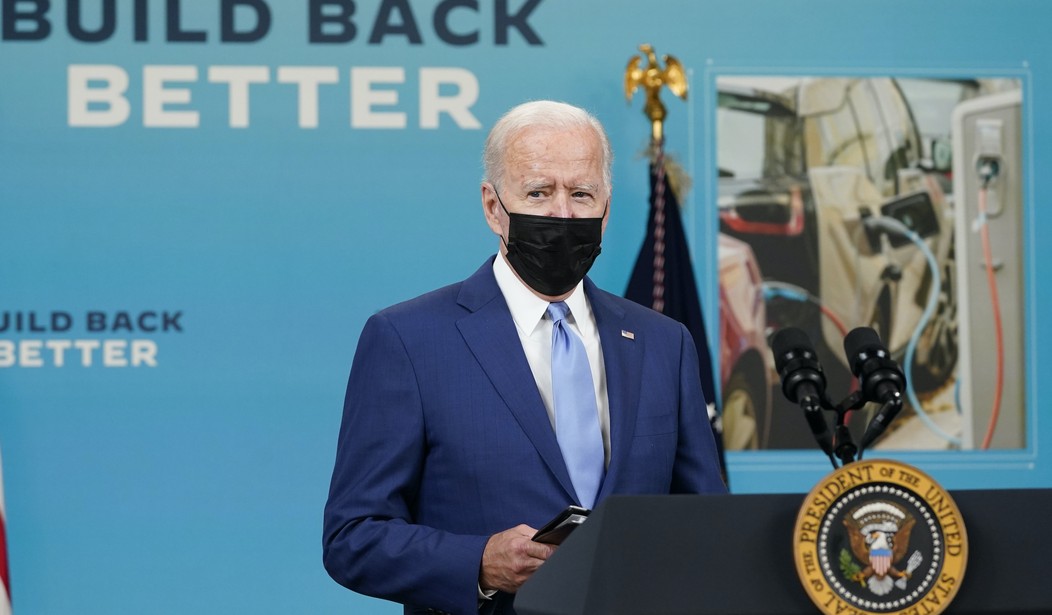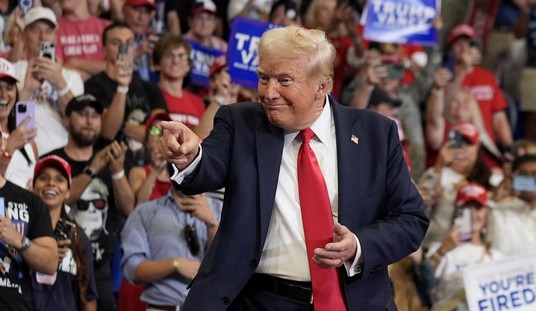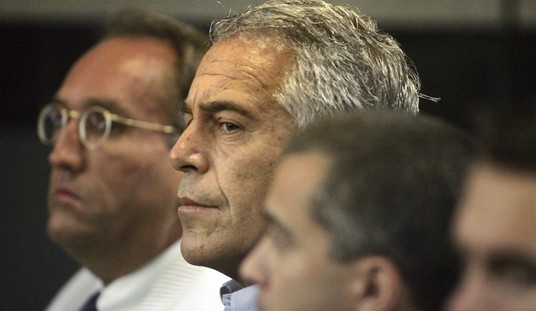(The opinions expressed in guest op-eds are those of the writer and do not necessarily represent the views of RedState.com.)
For months, Biden administration officials have downplayed the current bout of inflation as “transitory,” suggesting it is only a temporary problem that will abate sooner rather than later.
On November 30, while appearing before Congress, Federal Reserve Chairman Jerome Powell delivered quite a different message, saying it is time to “retire” the word “transitory” when referring to the 6.2 percent rate of inflation—a 30-year high—that is ravaging the U.S. economy.
According to Powell, “We tend to use [the word transitory] to mean that it won’t leave a permanent mark in the form of higher inflation. I think it’s probably a good time to retire that word and try to explain more clearly what we mean.”
Powell added, “It now appears that factors pushing inflation upward will linger well into next year.”
Merriam-Webster defines “transitory” as “of brief duration.” Although time is relative, it is a stretch to describe inflation as transitory when it has been worsening for nearly a year, with no end in sight.
Moreover, as Powell implied, the economic underpinnings driving inflation are unlikely to improve anytime soon. If anything, they indicate a prolonged period of persistent inflation could be in the offing.
First and foremost, consider the amount of money the Federal Reserve has dumped into the U.S. economy in recent years.
In 2008, the Federal Reserve’s balance sheet totaled less than $1 trillion. By 2019, it stood at nearly $4 trillion. As of November 2021, it has ballooned to a whopping $9 trillion.
The Federal Reserve’s money supply, referred to as M2, has also increased substantially in recent years.
In 2008, the U.S. money supply was $7.5 trillion. By 2019, it more than doubled. As of this writing, it has eclipsed $21 trillion.
In other words, the groundwork for today’s inflation has been years in the making.
However, that does not mean the policies of the Biden administration are not to blame for the widespread inflation that has become more perpetual than transitory.
To date, the Biden administration has passed the $1.9 trillion American Rescue Plan, $1.2 trillion “infrastructure” plan, and is on the verge of passing the largest spending bill in U.S. history, the $3.5 trillion Build Back Better Act.
Keep in mind, the profligate spending by the Biden administration comes on the heels of trillions of dollars in so-called COVID-19 relief funds passed during the final year of Donald Trump’s presidency.
However, Biden’s over-the-top spending is only part of the reason that inflation has skyrocketed since he stepped into the Oval Office.
Often overlooked, but central to the ever-worsening inflation crisis, are several other misguided policies courtesy of President Biden.
For instance, Biden’s decisions to immediately terminate the Keystone XL pipeline and stop all new oil and natural gas permits on federal lands have caused the cost of energy to rise by 30 percent year-over-year.
Making matters worse, Biden’s vaccine mandates—which remain in flux due to federal court stays—have led to what many call the “Great Resignation.”
Make no mistake, when fewer Americans are willing to work due to vaccine mandates and generous welfare benefits, the cost of labor increases, and the supply-chain breaks down, which means higher inflation.
The U.S. economy is suffering from major disruptions in the supply-chain, including a shortage of 80,000 truckers. Biden’s vaccine mandates, lavish social spending, and other misguided policies are partly to blame.
As Powell explained, “Supply chain problems have made it difficult for producers to meet strong demand, particularly for goods. Increases in energy prices and rents are also pushing inflation upward.”
The good news is that there is ample time for a course correction. If President Biden wants to make inflation truly transitory, in the classic sense of the word, it is quite attainable.
First, Biden ought to reverse course on his anti-fossil fuel agenda. Less than a year ago, the United States was energy independent. We have the capacity to become the world’s leader (again) in oil and natural gas production. Unleashing American energy production would cause the cost of energy to plummet, thereby decreasing the cost of practically all goods and most services.
Second, Biden should abandon the $3.5 trillion Build Back Better bill. The U.S. economy is already flush with cash. Government spending is on an unsustainable trajectory and must be reduced before it is too late.
Third, Chairman Powell needs to end the Federal Reserve’s money printing binge. Inflation is predicated on too many dollars chasing fewer goods and services. It is time for Powell to raise interest rates while reducing the Fed’s balance sheet.
In the early 1980s, the U.S. economy was in a similar place, struggling through stagflation.
President Reagan slashed regulations, increased energy production, cut spending, and reduced welfare, which goosed the economy. Federal Reserve Chairman Paul Volcker increased interest rates to 20 percent to tame inflation.
It worked. After Reagan and Volcker gave the economy the harsh medicine it needed, the United States prospered for years to come. We did it then, we can do it again.
Chris Talgo ([email protected]) is senior editor at The Heartland Institute.













Join the conversation as a VIP Member